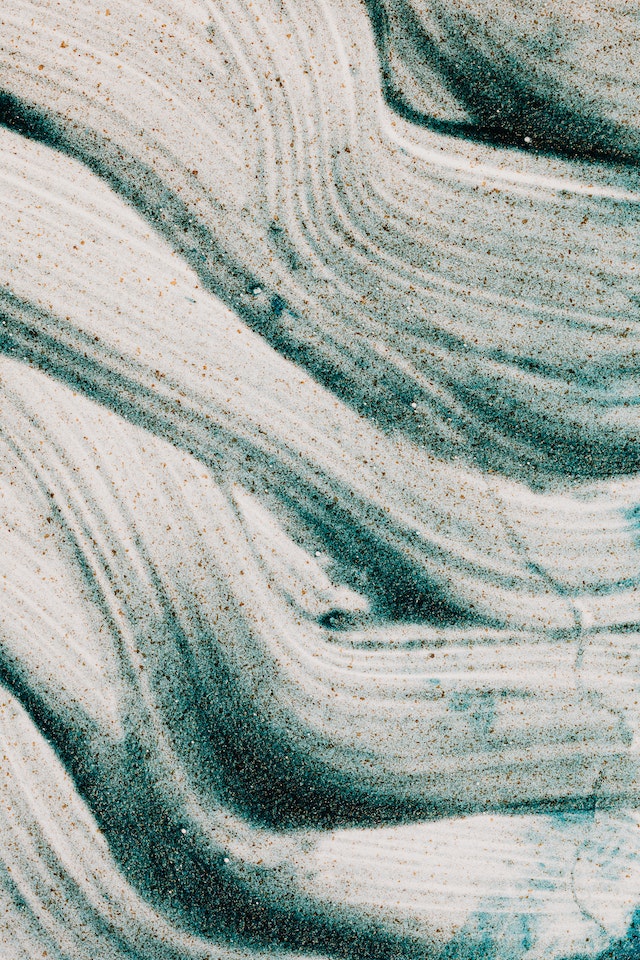In the field of psychology, the Flow State refers to a mental state of complete absorption and focus in an activity, where the individual is fully immersed and energized. Achieving this state of flow is essential for creativity and productivity, especially for those involved in design-related work. However, there are times when we need to work beyond the state of flow, and tap into our subconscious mind to generate truly innovative ideas and solutions. In this article, we will explore how we can connect with the subconscious mind while working and preparing ourselves for optimal creativity.
First: Understanding the Flow State
What is the state of flow in psychology, and how do we generate that? The state of flow is a mental state that is characterized by complete absorption and focus in an activity. This state is achieved when the individual is fully engaged and energized, and feels a sense of control over the activity. To generate the state of flow, it is essential to find an activity that is challenging enough to engage the mind, but not so difficult that it becomes overwhelming. Additionally, the activity should be enjoyable and rewarding, and provide clear and immediate feedback.
Many psychologists and philosophers have addressed this topic in the past few centuries. However, the most recognized piece is probably the book Flow: The Psychology of Optimal Experience, by the contemporary psychologist Mihaly Csekszentmihalyi.

The state of flow is powerful. Nonetheless, when we do design-related work, we also need to work beyond the state of flow, and tap into our subconscious minds to the truly innovative ideas and solutions that break new grounds. This involves working in a different mental and physical state, one that is relaxed while focused at the same time, and more exploratory. It’s as if our mind is dissolved and opened up and ready to receive messages from the universe.
In last article about beauty in design, I talked about architect Renzo Piano‘s comment: “Real beauty is when the invisible joins the visible, coming on surface.” I am using the word “subconscious” to represent the “invisible” in this article, and now I will show you some practical methods.
Second: Daily Preparation for Connecting with the Subconscious Mind
To achieve this, we first need to prepare ourselves on a daily basis, so our body and mind can always be at their optimal states when we start working. Below are the important aspects that can help you:
- Get enough rest: deep sleep.
- Exercise regularly: 3 types of exercises.
- Eat healthy food: natural and low-carb diet.
- Take breaks regularly while working: hydration and flexibility.
- Create a comfortable and creative environment: home, studio, and office.
- Passion and restatement: write down clear goals and put them somewhere so they can be seen easily.
We will explore each topic in more detail in the future blogs.
Third: Ready to Tap into the Subconscious Mind
While working, we also need to prepare ourselves by engaging in activities that tap into the subconscious mind. They will be different based on the type of work you do. Take architectural design for example, free writing, sketch drawing, or modeling with concentration are great methods to bypass the conscious mind and tap into the subconscious.
For example, few think of free writing to be useful in an architectural design process. However, free writing can help unlock unimaginable ideas easily. When practicing free writing, one writes without worrying about grammar, structure, or coherence. Simply, one lets the stream of ideas surface through the means of writing.
Other related methods include mind mapping, meditation, and sleeping on ideas. In general, mind mapping is a technique that can help to uncover new connections and associations. Meditation right before work is very effective in quieting the conscious mind and allowing subconscious thoughts to surface. Finally, sleeping on ideas can be an effective way to let the subconscious mind work on a problem or question while you rest.
Fourth: Conclusion and Nicola Tesla
In conclusion, working with the subconscious mind is the secret part of creative work, and requires a different set of techniques than achieving the state of flow. By preparing ourselves on a daily basis, and engaging in activities that tap into the subconscious mind, we can generate new ideas and solutions without inhibitions. It is essential to take care of our bodies and minds, and create an environment that is comfortable and conducive to creativity. By doing so, we can unlock the full potential of our minds and create truly innovative work.
You may have heard the story about Nicola Tesla and his incredible talents. This excerpt from his autobiography My Inventions: The Autobiography of Nikola Tesla may help you ponder on the message of this blog even more:
“My Brian is only a receiver, in the Universe there is a core from which we obtain knowledge, strength and inspiration. I have not penetrated into the secrets of this core, but I know that it exists.”
Do you think the “core” he refers to is the same as the “invisible” Renzo comments as well as the “subconscious” discussed in this article?

Finally: Do you have any other ideas or methods?
I am curious how you prepare yourself before and when doing design, artistic or any innovative work. If you use any other helpful methods, leave a comment below to let others know!

